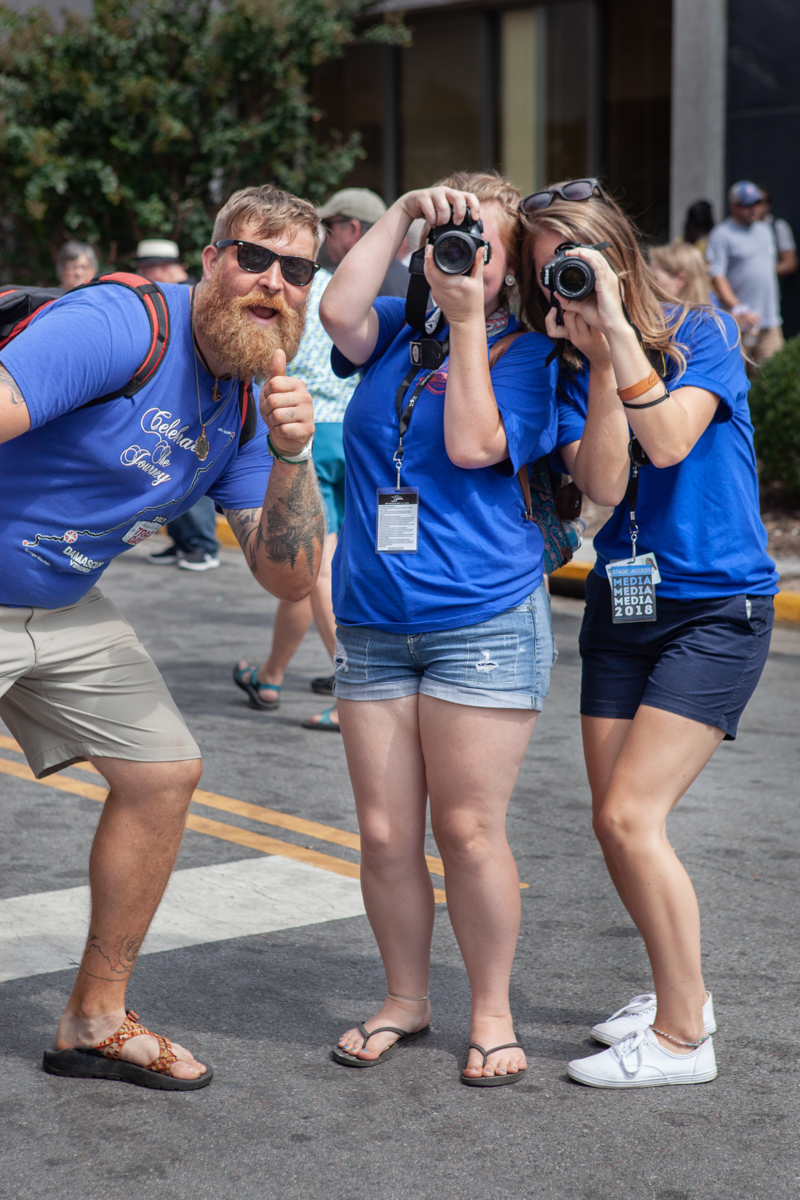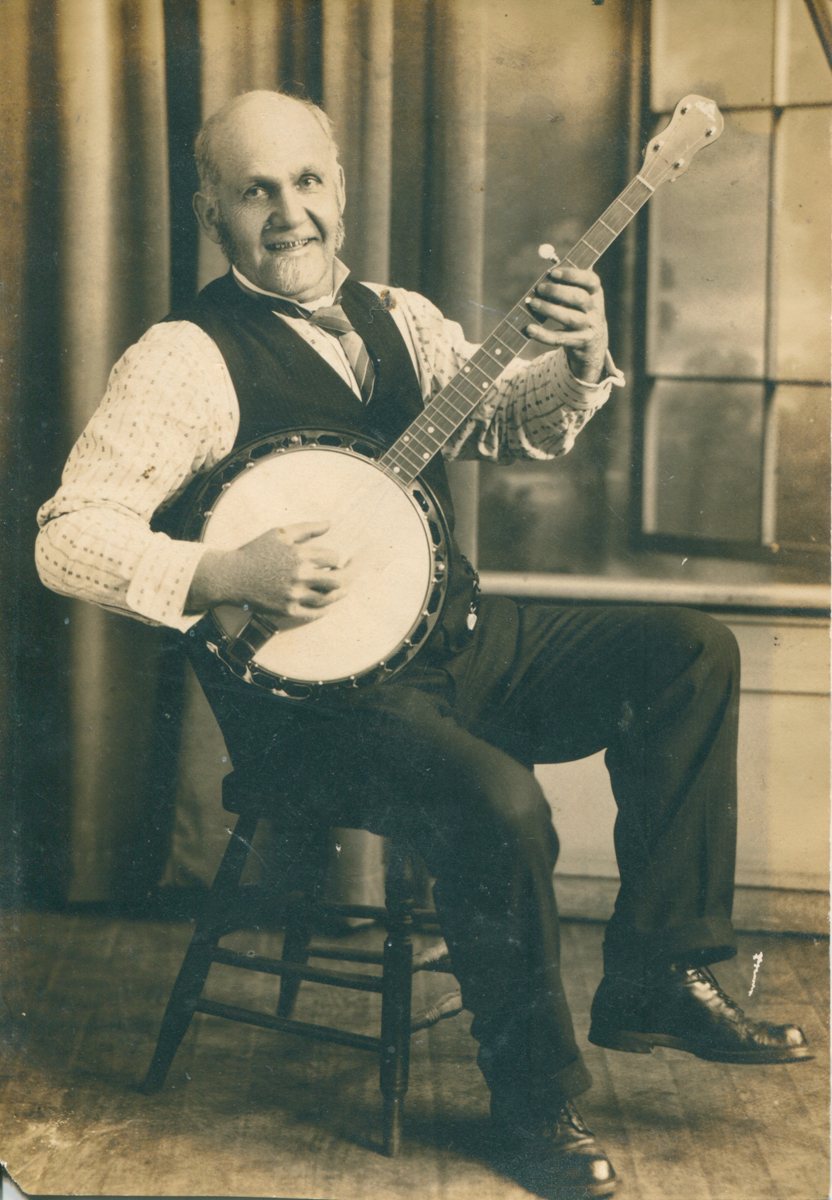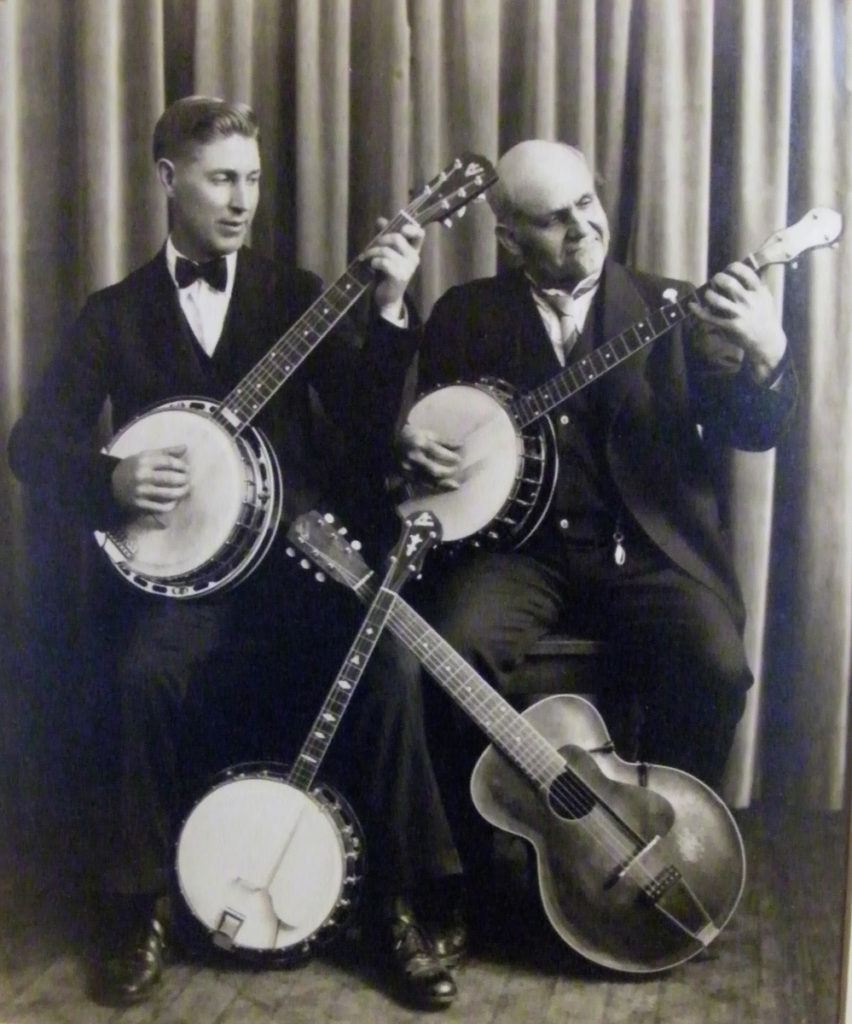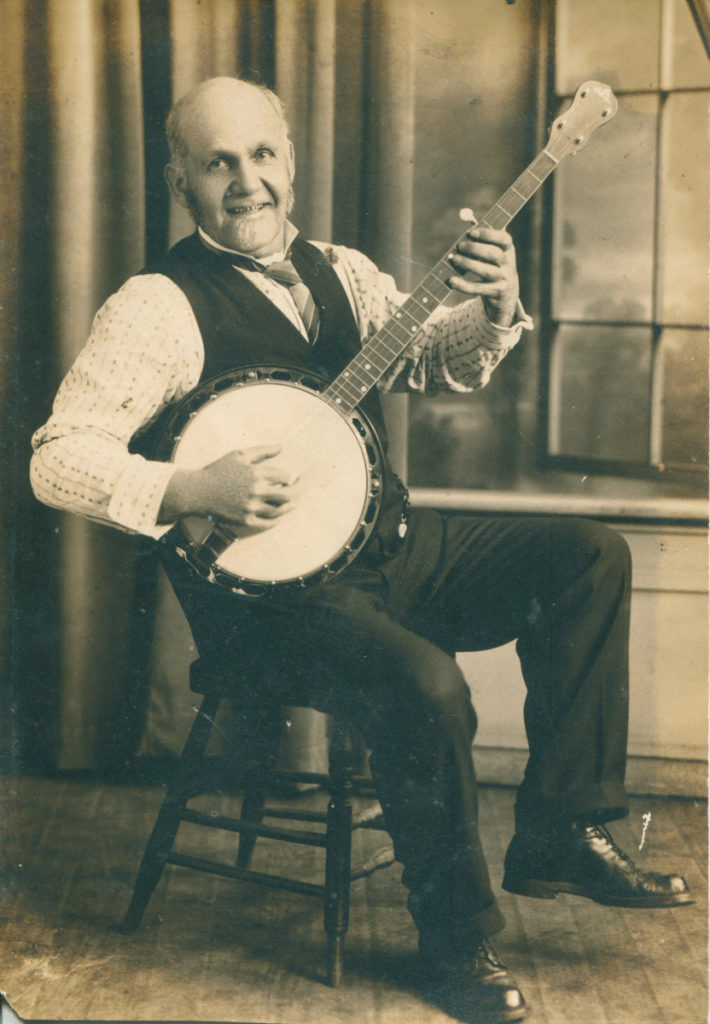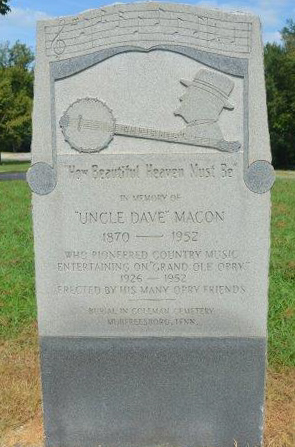In order for the Birthplace of Country Music (BCM) to pass on the history and traditions of our region’s music heritage to future generations, it’s crucial that we engage our region’s youth in our educational and cultural programming in a variety of ways. One way we cultivate good Bristol vibes is through partnerships. A fine example is our creative relationship with the faculty and students of King University’s Department of Digital Media Art & Design (KingDMAD) at Bristol Rhythm & Roots Reunion.
It really began in 2010 when we first reached out to Virginia Intermont College (VI). We were in desperate need of good event photography at Bristol Rhythm, and the school had a reputation for turning out fine photographers. It was a great partnership that lasted until the institution (sadly) closed its doors in 2014. Two of the college’s most beloved and talented professors, Neil Staples and Jay Phyfer, graciously organized a crew of former students to come back to shoot the festival after the school had closed. BCM continues to call on Neil, Jay, and many of those VI photog alumni when we need good photography at the festival and smaller events.
In 2012 the festival’s needs expanded to include more social media content, and a new curriculum at King University opened the door for us to work with their students. Chris Stewart was the innovative head of the department at that time. When he left to become Marketing Director at L. C. King Manufacturing Co., Joe Strickland took the reins, along with Lee Jones—both stellar educators and photographers in their own right.
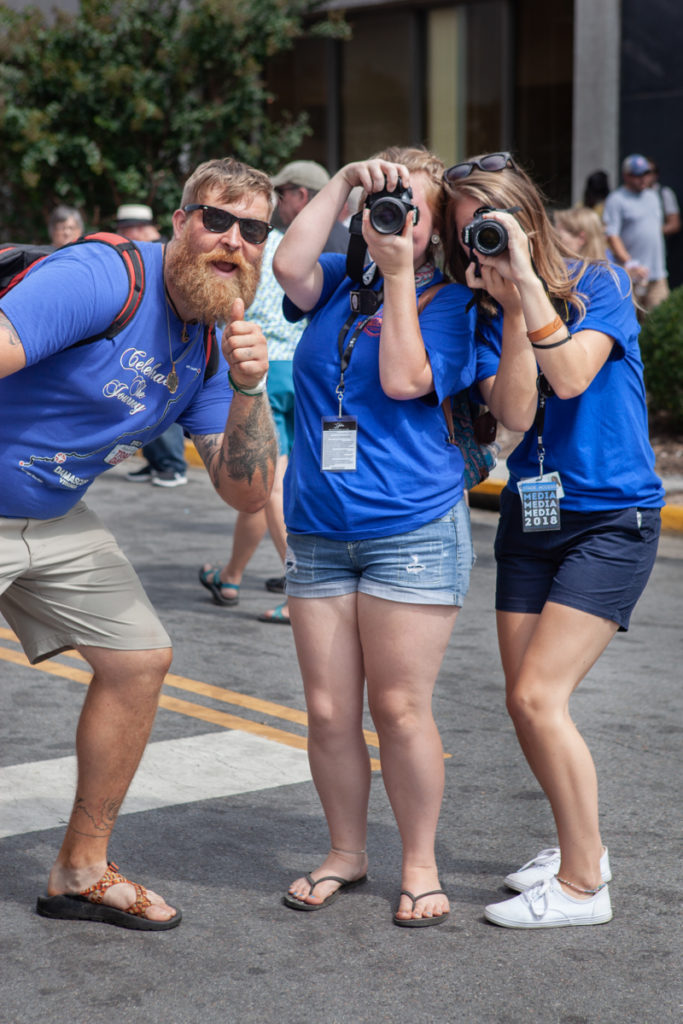
King DMAD students have had the opportunity to work with video production companies and marketing agencies during Bristol Rhythm & Roots Reunion, and it’s a relationship that we hope will continue to flourish. But most of all, it’s our sincerest hope that all of the students we work with gain real-world experience that will help shape their future as they fall in love with our festival and with Bristol.
Written by rising senior Caleb Beverly, this DMAD blog post on the King University website gives a glimpse into the Bristol Rhythm experience from a student’s perspective:
Students Return to Bristol Rhythm and Roots Festival
King students returned to the Bristol Rhythm & Roots Reunion festival this year. King DMAD students worked together with professors Joe Strickland and Lee Jones, producing over 15,000 photographs. The students were tasked with capturing images of specific bands and covering the festival atmosphere. Over the weekend, photographs from King volunteers were included in the official nightly recaps of the festival.

Students were grateful for the chance to get hands-on with event coverage. They appreciated the unique challenges of working with different conditions throughout each day. Covering the festival forces students to be resourceful and to apply what they have learned in the classroom in a professional work environment.
This year, professional video group Loch & Key Productions provided another great opportunity, allowing King students to work directly with the video team. Throughout the weekend, select students took shifts with Loch & Key, experiencing promotional video production firsthand. Andy Feliu, a co-owner of Loch & Key, said:
“We’re big believers that the best way to learn in our field is to get your hands dirty so we were excited to bring on a few King University students to join our team. With this being our fourth year covering the festival, we’ve got a solid grasp of the audience and what makes Bristol special. Compared to any other festival we cover, Rhythm & Roots has by far the most stages, has the most variety when it comes to the actual festival goer, and the lineup itself spans a broad range of musical genres. These elements, along with just a great atmosphere overall, make BRRR a perfect opportunity for students to learn about video production in the context of live performance and event coverage.”
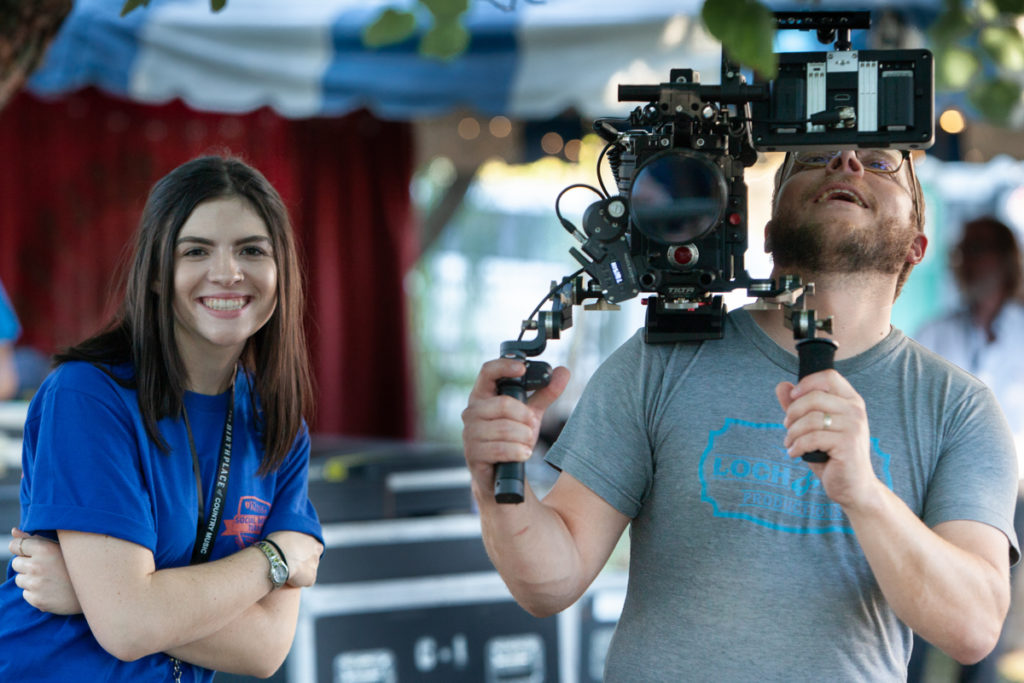
Kim Davis, Director of Marketing for the Birthplace of Country Music, had this to say of King students’ involvement:
“Working with King University’s Digital Media Art & Design program has been very important to Bristol Rhythm & Roots Reunion, as the students are a vital part of the photography strategy. Each year the talent of the students and our partnership gets stronger, and working with King University is always a great experience. We are thankful for the students’ excitement and participation in the festival.”


